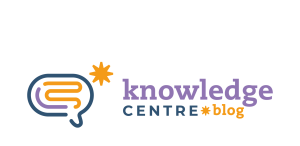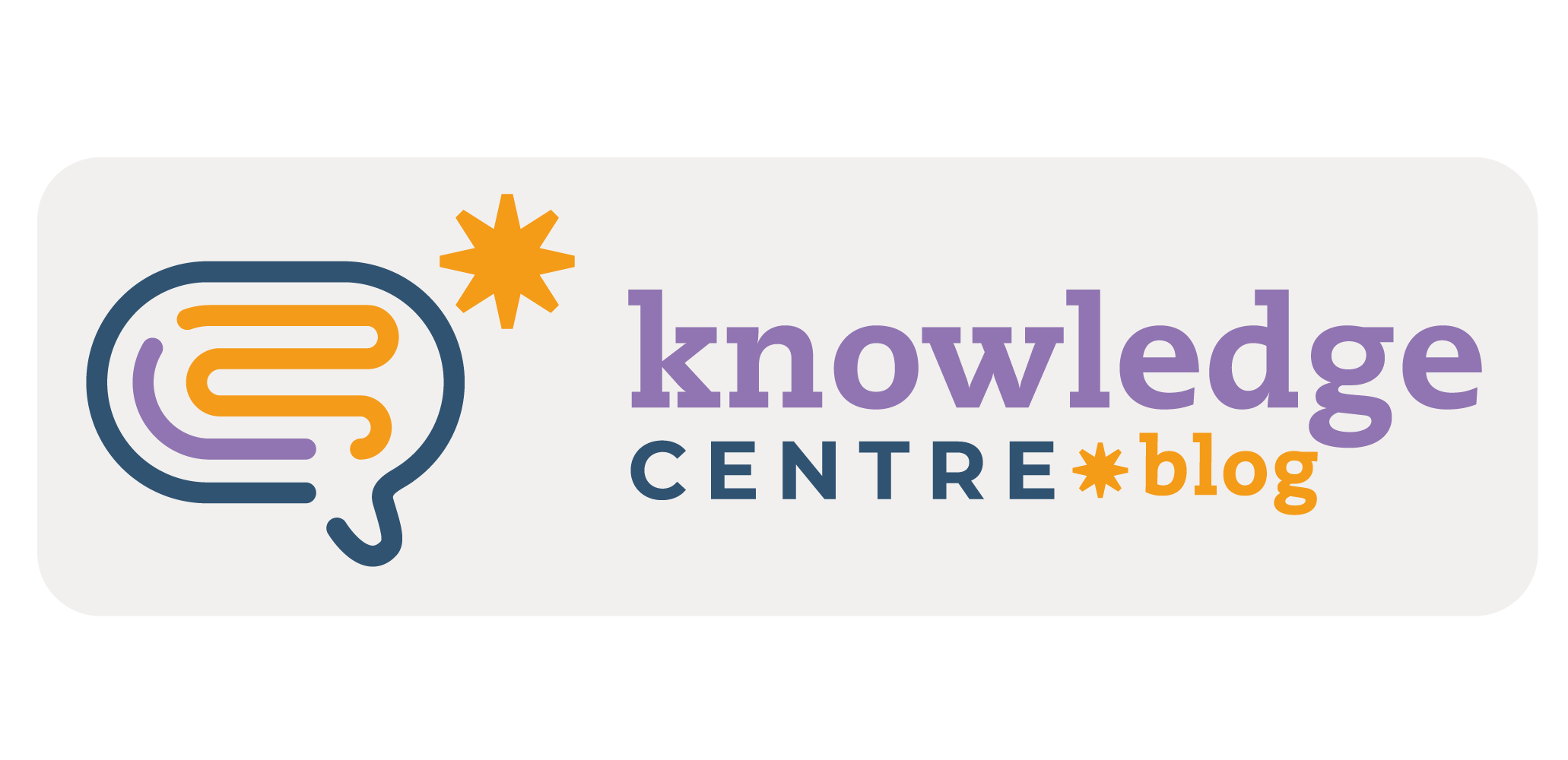The term inclusion has become so trivialized that we find its indiscriminate use in practically all media. The concept of inclusion is related to not being excluded, therefore, with the possibility of belonging or identifying oneself with a community.
Schools that intend to follow an Inclusive Education Policy should develop policies, culture and practices whose main value is the active contribution of each student to the construction and shared knowledge to achieve academic and socio-cultural quality goals without discrimination. Inclusion is also a smart investment: it is promoting opportunities for all people regardless of their special or specific needs.
When considering the discourse related to inclusive education, there are still many misconceptions between the concepts of integrative education and inclusive education.
The Integration concept has been keeping the less inclusive values of schools untouched. School failure or dropout has not shown signs of diminishing or even promoted innovation in the classroom management. It also often creates a special school parallel to the regular school in which students stay in a “disabled” category.
The Inclusive Education perspective is to perceive all students as unique and in need of a differentiated pedagogy, fulfilling the right of every student to full participation and learning.
In order to promote inclusion and not to justify segregation, some knowledge upon the most common differences is a must, and not spotting the differences as if they were mainly related to health issues. It is about following the characteristics of pedagogic indications which contribute to the future teacher being able to pursue research upon the topic.
The decision regarding what activity or methodology to be used with students has to be bilateral, since students learn in different ways and at a different pace, and if the teacher follows only the curriculum as a means of delivering content, but not achieving success in learning, every effort spent might be lost. A social affective approach also needs to be taken into consideration.
According to MEC, the process of helping techniques includes 7 different steps:
1. Understanding the situation that involves the student;
2. Brainstorming ideas;
3. Choosing a feasible alternative;
4. Planning;
5. Testing using different materials, colors and textures, and also using different teaching techniques;
6. Assessing the final results;
7. Monitoring the student.
David Rodrigues in his work Inclusion and Education: the twelve views on inclusive education (2006), “Promoting inclusion is to deliver quality services and not democratizing all needs”. If our mission is to transform education, we should not think about teaching this one student or the other, but rather teach everyone.
Inclusive education requires both teacher and school to be ready for the distinctiveness of each child and adolescent with an open communication channel among individuals. Differentiating the school curriculum to meet the specific needs of students in the classroom and the purpose of personalized teaching is a task for the school in its entirety and it implies an opening for a new model of the school’s organization. To develop such creative and complex competencies, academic training is not enough; ongoing training is also of paramount importance.
How have you been addressing inclusion in your lessons? Share your ideas with us here.
References
Rodrigues, D. (2006). Inclusão e Educação: doze olhares sobre a Educação Inclusiva. São Paulo: Summus Editorial.
UNICEF. Inclusive Education – Education Equity Now. https://www.youtube.com/watch?v=8HPh4RoV63s&t=39s. (last access: May 2018)
By EDC








